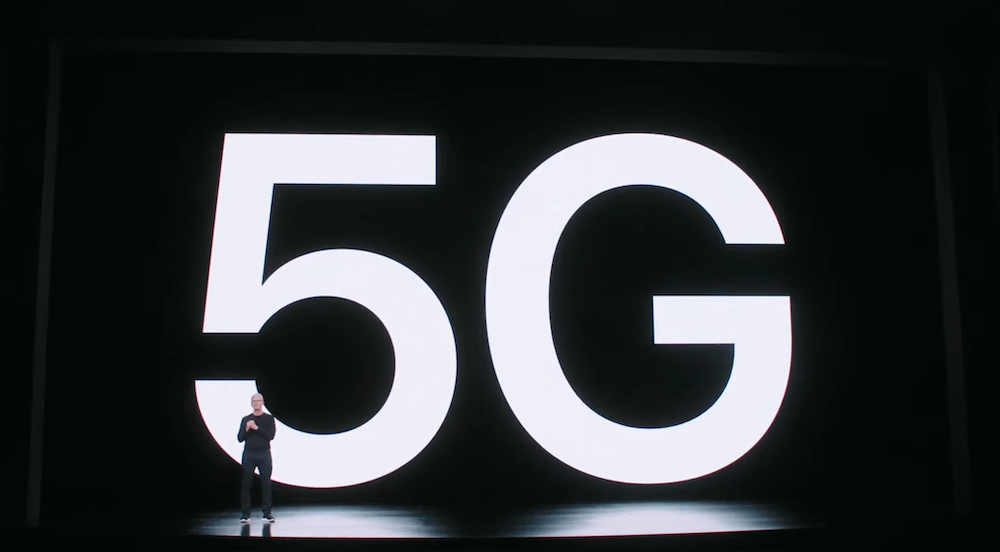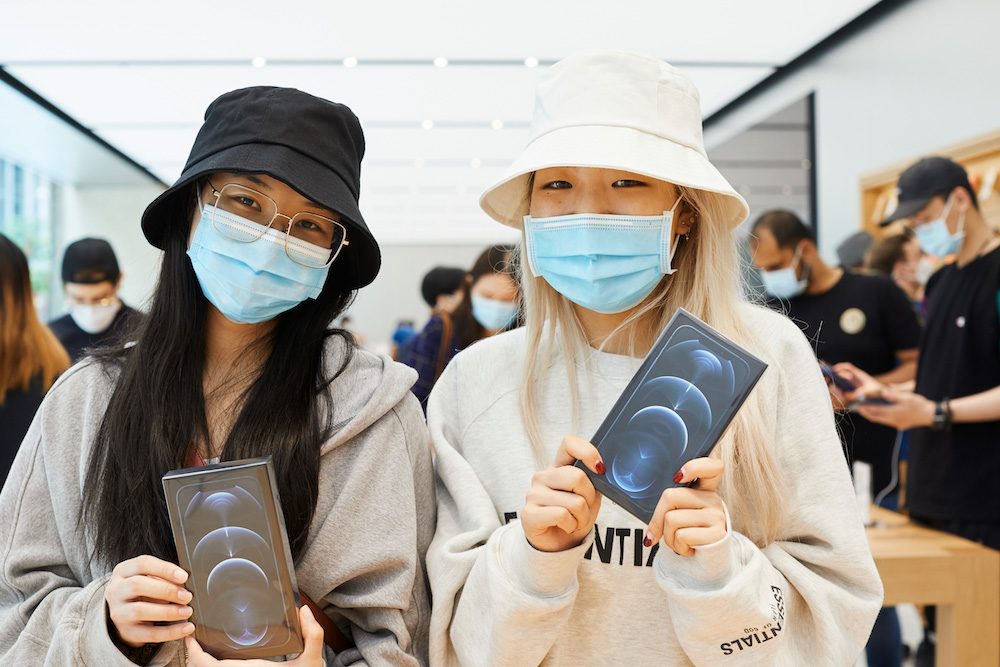TSMC to make 5G chips for Apple’s iPhones in 2023

Apple didn’t just get into 5G with iPhone, it got into networking tech
As expected, Apple will pare back its reliance on Qualcomm for 5G modems starting in 2023, when Nikkei reports TSMC will begin manufacturing them for Apple’s iPhones.
Owning the whole widget, etc…
TSMC is presumably acting as a contracted manufacturer here, with Apple providing the 5G design. The chips will be manufactured using 4nm process technology, which is also expected to appear in iPhones.
They won’t – at least not at first – be integrated with the processor, which means the modem and the processor will continue to be discreet components.
This is likely to change as Apple tweaks both technologies and seeks ways in which to enhance power efficiency. Apple is spending billions on 5G research, the company has previously said.
That Apple wants to go it alone with 5G should not be a surprise.
Working on silicon design in Apple’s German R&D centre
A little Qualcomm/Apple history
Qualcomm recently confirmed that it expects to make just 20 percent of iPhone modems in two year’s time. It has never been a terribly comfortable relationship. Both Apple and Qualcomm were engaged in extensive litigation for years, until they reached a peace deal and billions of dollars changed hands.
Qualcomm also now seems to be emerging as one of Apple’s bigger competitors in the development of Arm-based processors. It makes the chips inside Arm-based Microsoft Surface devices and has an exclusivity deal to be the only Arm chipmaker able to offer Windows.
Apple has been working to develop 5G modems of its own for years. At one point it was working deeply with Intel to achieve this, but the partners were unable to reach the line. That prompted détente with Qualcomm, but also saw Apple acquire Intel’s modem division.
TSMC makes all Apple’s A-series processors, including M-series Mac chips. It is currently working together with Apple to build 4nm chips for next year’s iPhone, with plans for 3nm processors now expected in 2023.

Apple seems to want get ahead of the mobile curve
This is all business as usual for Apple. It knows that by getting its own 5G devices out the door with iPhones 12 and 13 it has managed to surf the curve of fast mobile broadband deployment. In doing so it has also found opportunity in mobile adoption during the pandemic and still exists in a world on which just 14% of 5G networks have achieved 10% subscriber penetration.
What that slightly wonkish sentence means is that there’s plenty of momentum to maintain iPhone sales for the time being, at least until the next big thing. And the fact that carriers want to get users to go to 5G means the carrier discounts are attractive, further juicing this joy.
What will that thing be? Well, I predict those satellite iPhone rumors will surge once again, and in the next decade we’ll see networks and others ramp up behind 6G – and Apple wants to be ahead of that curve.
I think that because in order to get ahead of that curve, Apple recently joined the Next G Alliance to develop the 6G standard.




